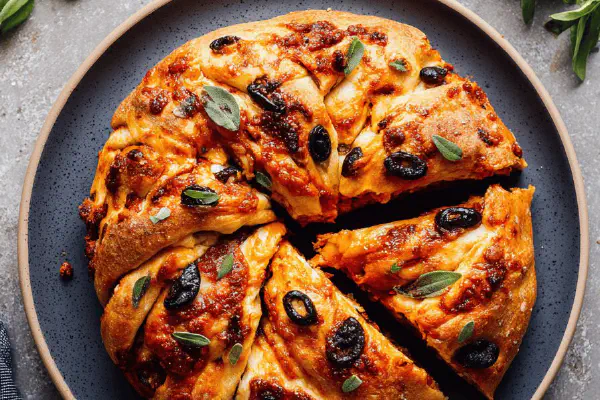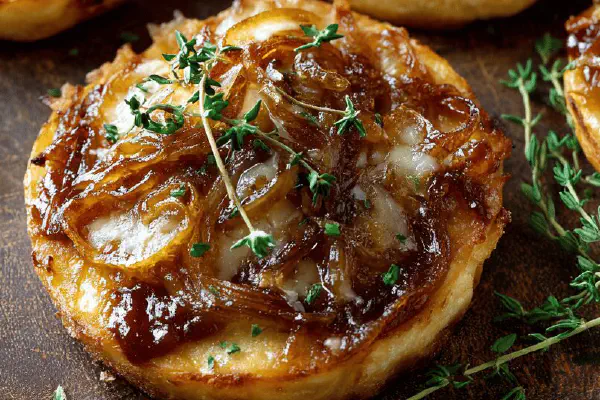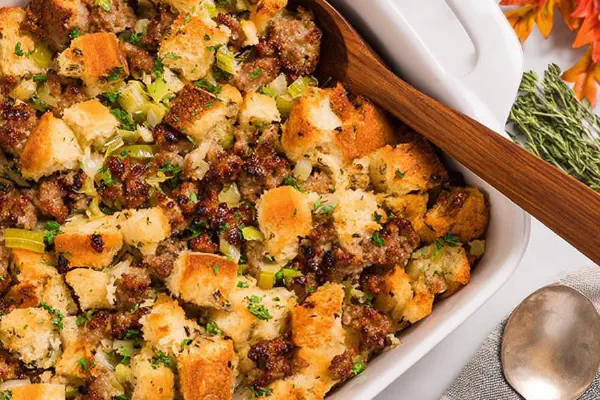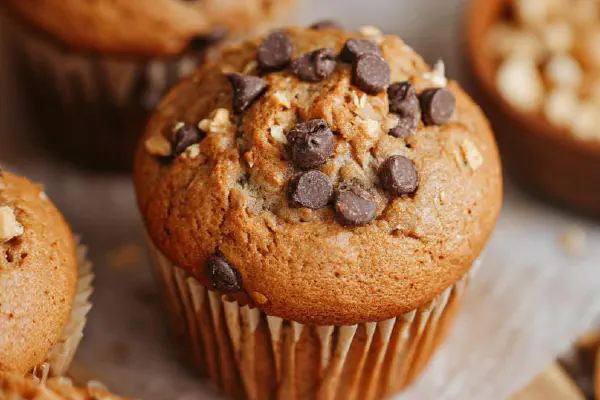Quick Pizza Dough Twist

By Emma
Certified Culinary Professional
Ingredients
- 260 ml 1 cup plus 2 tbsp warm water
- 20 ml 1 tbsp olive oil
- 12 ml 3 tsp pure maple syrup
- 600 ml 2 1/2 cup bread flour unbleached
- 5 ml 1 tsp instant yeast
- 3 ml 3/4 tsp fine salt
About the ingredients
Method
- Mix warm water, olive oil, maple syrup in a bowl till sugar dissolved; warm not hot, about body temp 38C
- In food processor or stand mixer with dough hook, blend flour, yeast, salt for 30 seconds to distribute yeast evenly
- Add wet mixture, pulse or mix on medium speed until shaggy dough forms; sticky but cohesive
- Dust work surface lightly; scrape dough out; knead 6-7 minutes by hand till elastic, tacky but not sticky; windowpane test shows gluten developed
- Form ball; lightly oil a clean bowl; place dough inside; cover with damp cloth or plastic wrap loosely; set in warm humid area—near stove or turned-off oven with bowl of hot water below—avoid drafts
- Wait for dough to double; about 50-70 minutes; finger poked should slowly spring back, indentation remains slightly
- Dough ready when smooth and puffy; do not overproof—will collapse and flatten
- Use immediately or wrap tightly; refrigerate up to 14 hours for flavor; cold retard slows yeast activity but deepens complexity
- Can freeze shaped dough in airtight bags up to 3 months; thaw overnight in fridge before shaping
- Before shaping, let dough rest at room temp 20-30 minutes; easier to stretch; avoids tears
- Troubleshoot sticky dough: sprinkle more flour sparingly; too dry? splash warm water, mix gently
- Avoid adding all flour at once to prevent dense crust; hydration key to light chew
- Maple syrup swap for sugar adds subtle caramel notes; works well with savory toppings
- Salt added last to avoid yeast kill but mixed thoroughly for evenness
Cooking tips
Chef's notes
- 💡 Water temp matters. Use wrist test. Too hot kills yeast—no rise. Too cold slows it down to crawl. Warm humid spots near oven or stovetop but off heat. Avoid drafts; dough hates breeze. Dough feel tells all; sticky okay but tacky better. Windowpane test key—thin, no tear, stretch small ball.
- 💡 Maple syrup adds more than sweetness. Caramel notes sneak in. Sub sugar carefully, no rush. Olive oil softens crust; avocado oil ok swap but flavor shifts. Salt last; yeast hates direct contact early on; dissolve yeast first in water with syrup. Add dry ingredients into mixer first, then wet—pulse enough for shaggy dough before hand kneading. Don’t overload flour at start.
- 💡 Knead longer than expected. Hands feel dough elasticity better than machine. Dough bounces back, feels tacky, slight sticky but not wet. Rest dough after knead for better stretch; 20 to 30 minutes room temp works. If sticky after rest, dust surface lightly. Flour too much makes crust tough—balance required.
- 💡 Cold retard fermentation really deepens flavor and dough texture. Refrigerate wrapped tight up to 14 hours. Yeast activity slows, dough relaxes, gluten tightens. Freeze shaped dough up to 3 months in sealed airtight bags; thaw slow in fridge overnight. Avoid microwave thaw; uneven rise, kills yeast. Keep air moisture balanced during rise, cover dough with damp cloth or plastic wrap loosely.
- 💡 Troubleshoot sticky dough by adding flour sparingly; too dry add splash warm water and mix gently. Overproof dough smells sour, collapses flat—punch down, reshape, rise again or toss. Dough rise timing variable; watch bubbles inside, sponge-like look, finger poke—should spring back slowly, slight indentation stays. Use sensory cues; timing clocks can mislead.
Common questions
Why use maple syrup and not sugar?
Maple adds subtle caramel, not just sweetness. Mixes well in warm water with yeast. Sugar standard but maple slightly changes crust color and chew. Taste difference mild but noticeable after bake.
Can I knead dough by machine only?
Yes but hands give feedback. Machine fast but can hide dough feel flaws. Knead in machine until shaggy dough forms then finish by hand for elasticity check. Overkneading happens; dough gets stiff. Feel guides more than timer here.
How to tell if dough overproofed?
Smell sharp, sour sometimes. Dough very puffy but weak structure, collapses on poke. Hard to reshape well. Best to punch down then rise again or start fresh. Avoid heat spikes, drafts that speed proofing unevenly.
Best way to store dough after rise?
Wrap tight, refrigerate up to 14 hours—flavor boosts. Freeze for longer storage; shape first then bag tight. Thaw in fridge overnight slow. Room temp rest before shaping important to relax gluten again. Avoid drying crust by covering damp cloth or plastic loosely.



